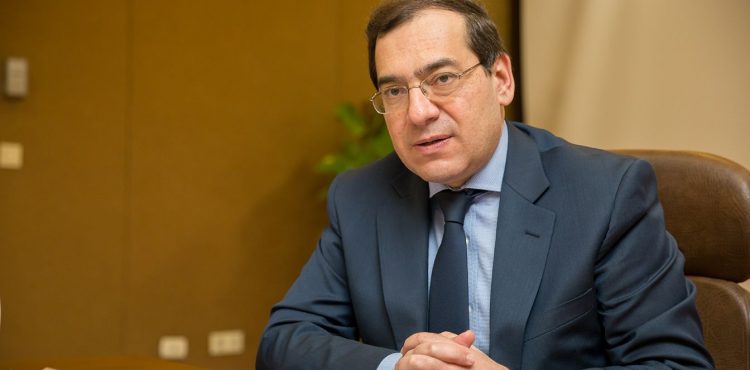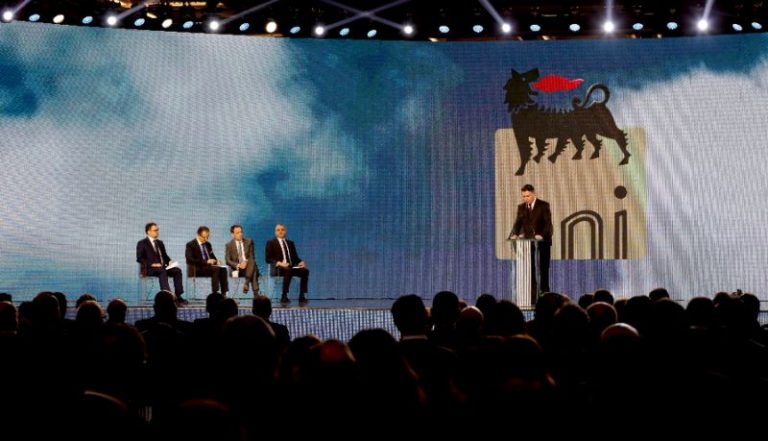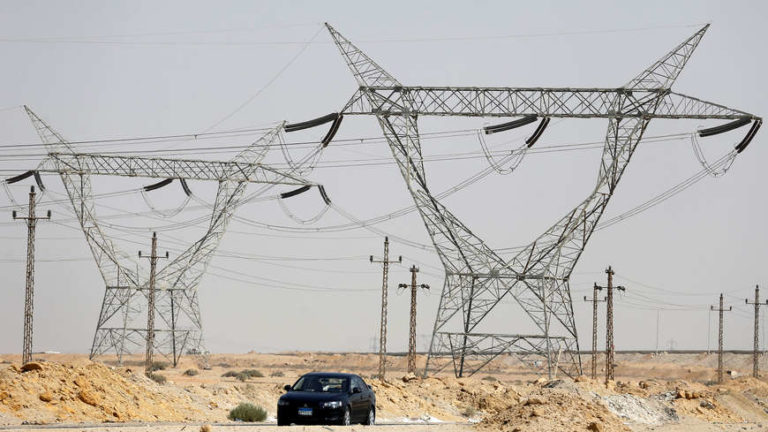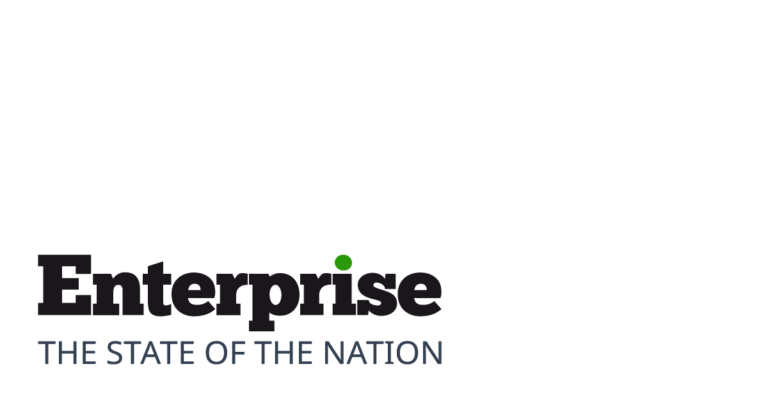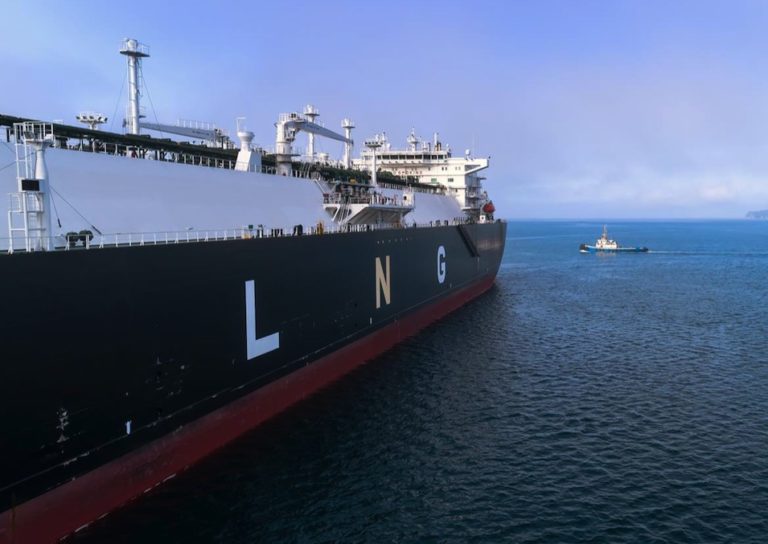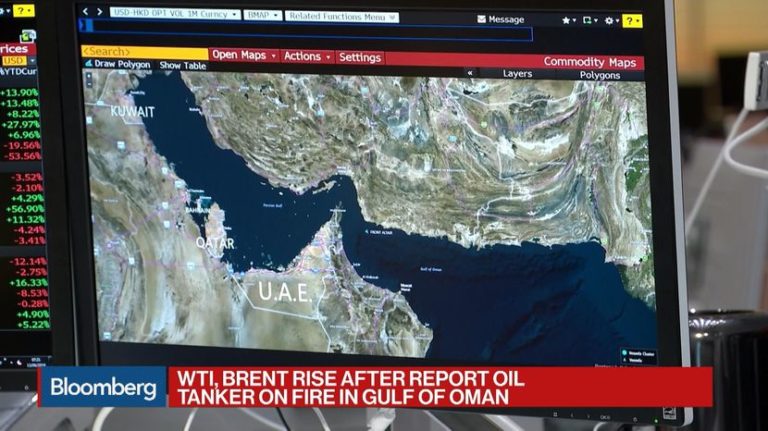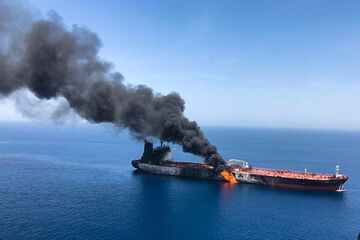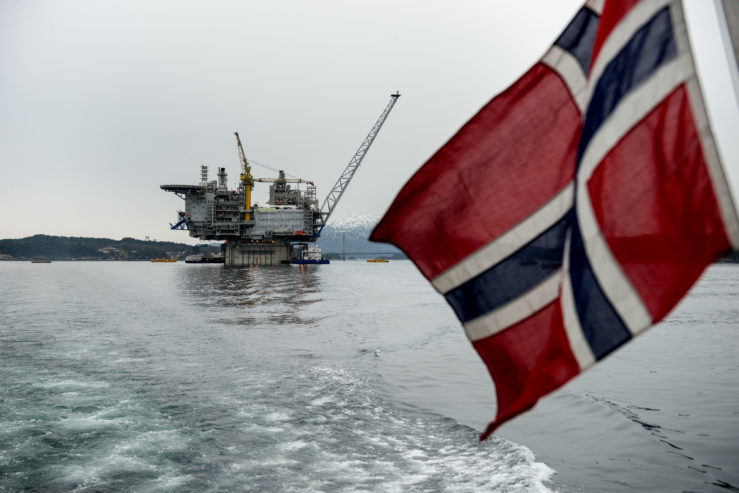Beirut (AFP) – Russian and European firms are mulling investments in Lebanon’s nascent oil and gas sector as it prepares to launch offshore drilling by the end of 2019, Energy Minister Nada Boustani said.
“Several big companies have visited Lebanon,” she told AFP in an interview.
“We are talking about Gazprom (Russia), Lukoil (Russia), and soon, the (Britain) BP firm is expected to visit,” the 39-year-old minister said in her office in Beirut.
“There is also interest from Total (France), ENI (Italy) and Novatek (Russia).”
US firms have not yet participated in offshore bidding rounds.
But US State Department official David Satterfield told Boustani on Wednesday that Washington “has no problem with US firms participating” in the energy sector, she said, calling this a “positive step”.
Last year, Lebanon signed its first contract to drill for oil and gas in its waters.
A consortium comprising energy giants Total, ENI and Novatek took the first two of its 10 blocks, including one disputed by neighbouring Israel with which Lebanon has fought several wars.
On April 5, Lebanon invited international consortia of at least three companies to bid for five more blocks by the end of January 2020.
On Thursday, Boustani wrote on Twitter that she had met with the regional head of BP who said his company was “interested in the second licensing round”.
Two more of the blocks now up for tender are also adjacent to Israel’s waters.
-‘Negotiations with Israel’-
Israel and Lebanon are technically at war, although the last Israeli troops withdrew from southern Lebanon in 2000 after two decades of occupation.
This has complicated attempts to demarcate land and maritime borders with Israel, which produces natural gas from reserves off its coast in the Mediterranean.
In recent weeks, Satterfield has been mediating in indirect negotiations between the two countries over their disputed maritime border, whose delimitation could affect offshore exploration.
“If we agree on entering talks with Israel, then in addition to negotiations over the maritime borders, we will also discuss ways to divide offshore oil and gas fields,” Boustani said.
Lebanon is set to start drilling in block 4 in December, and later in the disputed block 9.
Last year, Total said it was aware of the border dispute in less than eight percent of block 9 and said it would drill away from that area.
In the wider region, Lebanon is also considering agreements with other neighbours.
In January, representatives of seven Mediterranean countries — including Egypt, Cyprus and Israel — agreed on establishing the East Med Gas Forum, a Cairo-based body that aims to create a regional gas market to benefit member states.
Lebanon refused to take part in the forum because of the participation of Israel, but it has since started working on separate deals.
In April, Lebanon and Cyprus said they were working together towards a deal over adjacent oil and gas exploration zones in the Mediterranean.
– Regional alliances –
“We have made way for negotiations with Cyprus and we are doing the same with Egypt,” said Boustani, the youngest sitting minister in Lebanon’s government.
“We can’t be involved where the Israelis are,” she said, referring to the East Med Gas Forum.
“But nothing prevents us from striking a tripartite agreement” with Cyprus and Egypt, she added.
Laury Haytayan, a Middle East oil and gas expert, says such a tripartite deal is one way for Lebanon to secure strategic regional alliances in the energy sector.
Lebanon may also have to strike a deal with Syria, with which it also has a maritime border dispute.
Two of the five blocks up for bidding until January 2020 border Syrian waters, which may complicate drilling.
“There is certainly room for (negotiations) with Syria, and we need to look into this very soon,” Boustani said.
“When the government agreed to open blocks 1 and 2 for bidding… this means that it knows a deal will be brokered” with Syria, she said.
But divisions among Lebanon’s political class may complicate such an agreement.
Prime Minister Saad Hariri and his Future Movement refuse a normalisation with Damascus.
Syrian regime backer Shiite movement Hezbollah and its Lebanese ally the Free Patriotic Movement, however, are in favour.
Haytayan said Russia may take the lead in negotiations because Moscow is interested in conducting exploration works on block 2.
“The Russians could mediate between Lebanon and Syria and together they will put in place a plan to share resources and outputs,” she said.
While many hurdles still stand in the way, Boustani says she has “big hopes for this industry”.
“The Lebanese will hopefully benefit from this sector soon.”

